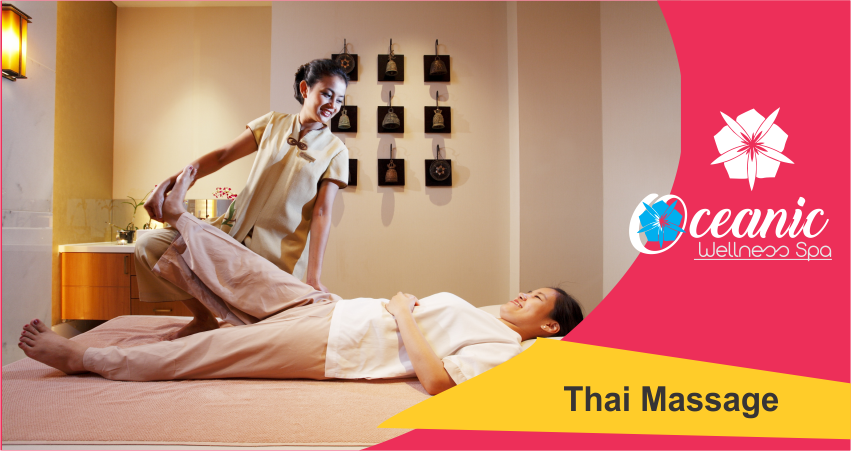
Thai massage is traditionally performed on the floor — you lie on a padded mat as the masseuse guides you through partner yoga poses and manipulates your body into stretches. Some traditional massage techniques, such as acupressure, compression and joint mobilization, are also used, but no lotions or oils are applied and you remain fully clothed for the session.
Some centers may modify traditional Thai massage to be performed on a table due to regulations, space limitations or for patients who are unable to get up and down from the floor easily.
Thai massage works based on the belief that tightened muscles lead to the diminished flow of energy in your body. When energy can't flow freely, you become inflexible, suffer pain and feel stiff. Over time, this leads to shortened muscles and connective tissue that affects your posture, immunity and organ function — all of which speed up aging and disability.
The pressing techniques used in Thai massage are designed to increase blood circulation to facilitate the better flow of oxygen and nutrients to your tissues. It also helps your body naturally get rid of waste, such as metabolic byproducts and carbon dioxide, more efficiently.
Adding stretching to the massage process helps relax the muscles further, so they regain natural flexibility and tone. You'll relieve chronic stiffness and experience improved mobility.
A particular type of Thai massage that involves applying pressure against specific meridians in the body, called court-type Thai massage, was shown to be an effective treatment for people suffering from chronic tension headaches. The study, published in a 2015 issue of Evidence-Based Complementary and Alternative Medicine, explains that the relief may be attributed to how Thai massage stimulates blood flow and lymph circulation and relaxes the sympathetic nervous system.
Thai massage also helps reduce stress, which can contribute to headaches.